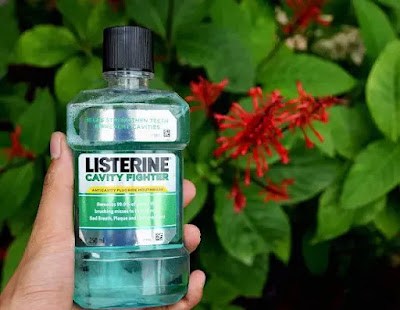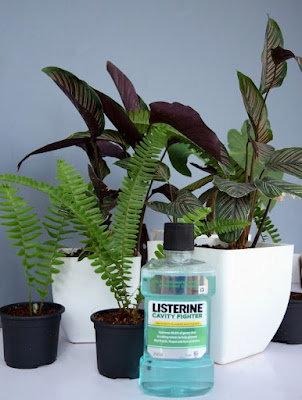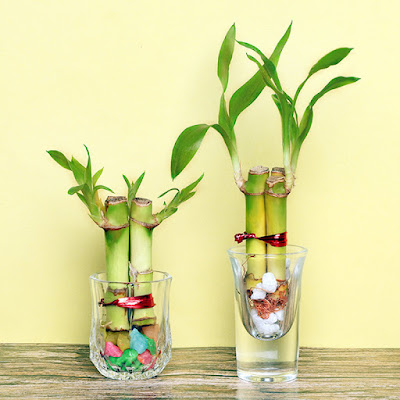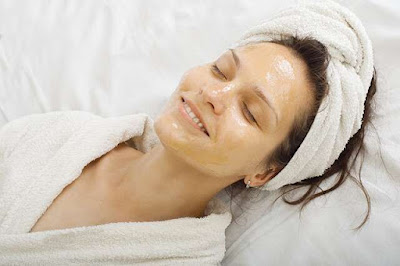Not only to protect your teeth, you can also use mouthwash to protect your garden. Find out 7 amazing Listerine Uses in the Garden!
Are mouthwashes like Listerine harmful to plants?
So far, there is no evidence or reports that suggest that mouthwash can be toxic to plants. On the contrary, there are mouthwash uses that are beneficial for the plants.
For example, orchids, you can use Listerine on orchids suffering from bacterial infections and crown rot. Spray the undiluted mouthwash directly on the infected part.
Also, spraying Listerine (follow the recipe in point number one) on roses affected by black spots helps to control this fungal disease.
1. Get Rid of Powdery Mildews and Other Fungal Infections
Mouthwash has strong anti-fungal properties. It can be used to get rid of powdery mildew and other fungal infections from your garden. For this, mix 75% of water and 25% of mouthwash to make a working solution and spray it on the infected parts.
2. Prevent Cats From Peeing
*You can apply the same trick for dogs.
3. For Aphid Control
4. Mouthwash Fertilizer
One of the quirkiest Listerine uses, you can make a homemade lawn fertilizer using other ingredients. Make a combination of mouthwash, Epsom salt, liquid dish soap, and ammonia, 1 cup each and a can of beer, apply it using a 20 gallon hose-end sprayer. Use it once every 3 weeks!
Another Listerine fertilizer recipe has the following ingredients, 1 cup each–Mouthwash, Epsom salt, Ammonia, and mild liquid dish soap. Mix all of them well and transfer the fertilizer into a 20 gallon hose-end sprayer. Apply this to your trees, shrubs and foliage plants like hostas, ferns, etc.
5. Listerine Mixture for Mosquitoes
Use Listerine to get rid of mosquitoes, when you’re enjoying time outdoors. Mist the surrounding area and air around you, especially where mosquitoes are buzzing the most. Lightly mist it on your exposed skin as well.
This is not as effective as commercial mosquito repellants and DEET, but it is safer and works because Listerine contains eucalyptol, a derivative of eucalyptus oil, in low amount. *Eucalyptol is used as a key ingredient in Eucalyptus-based mosquito repellants.
6. Get Rid of Foul Odors
Get rid of foul odors in your garden using mouthwash. Make a solution of mouthwash and water in equal proportion and apply it at the affected site. This solution will kill the acting bacteria and other microorganisms that function the rotting process and fill the place with freshening smell.
7. Listerine to Disinfect Garden Tools
This is the last hack in our mouthwash uses garden. You can use Listerine to disinfect garden tools. Simply, soak them for one minute, or spray full strength Listerine on your smaller garden tools to disinfect them to prevent disease.
source: https://balconygardenweb.com











































